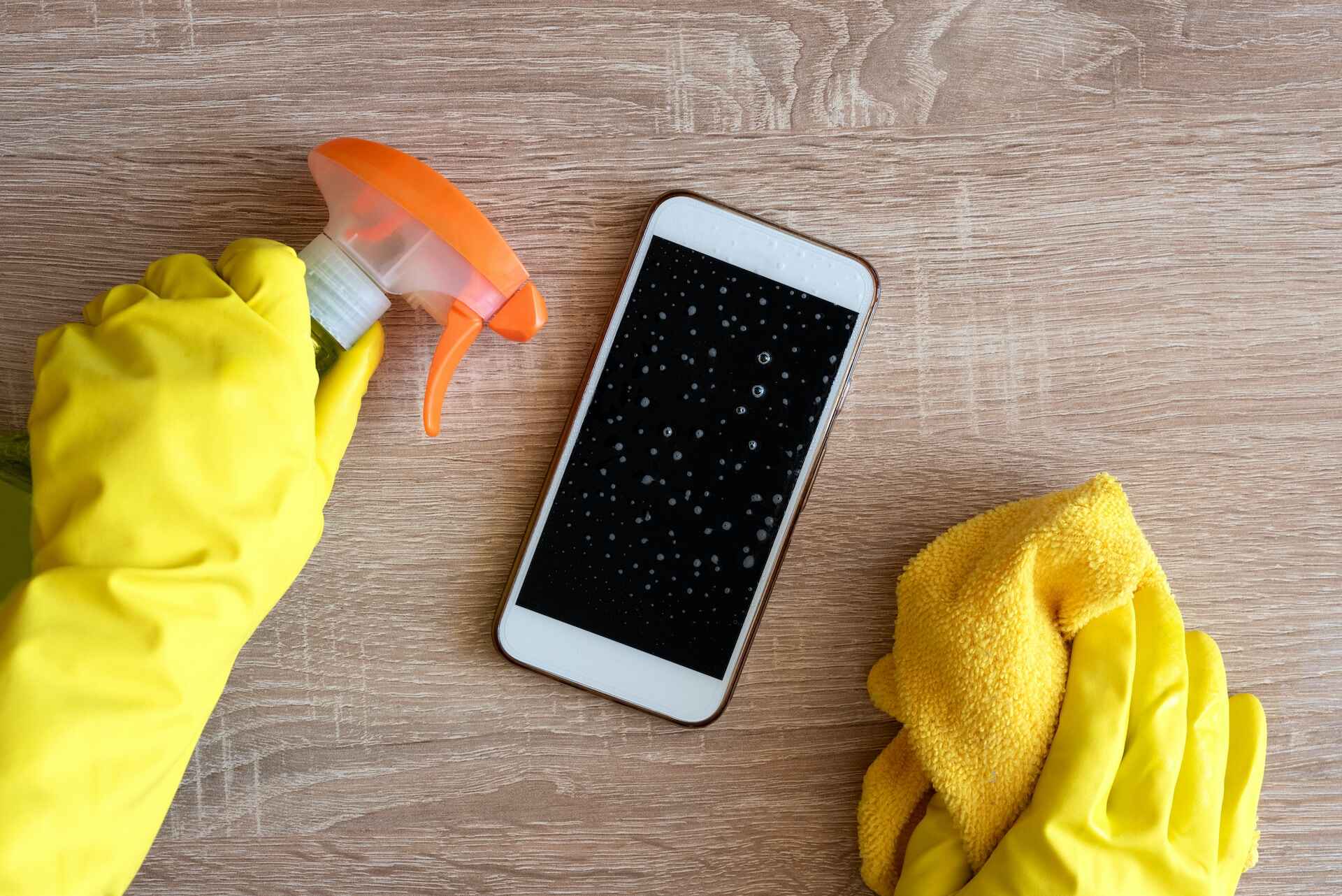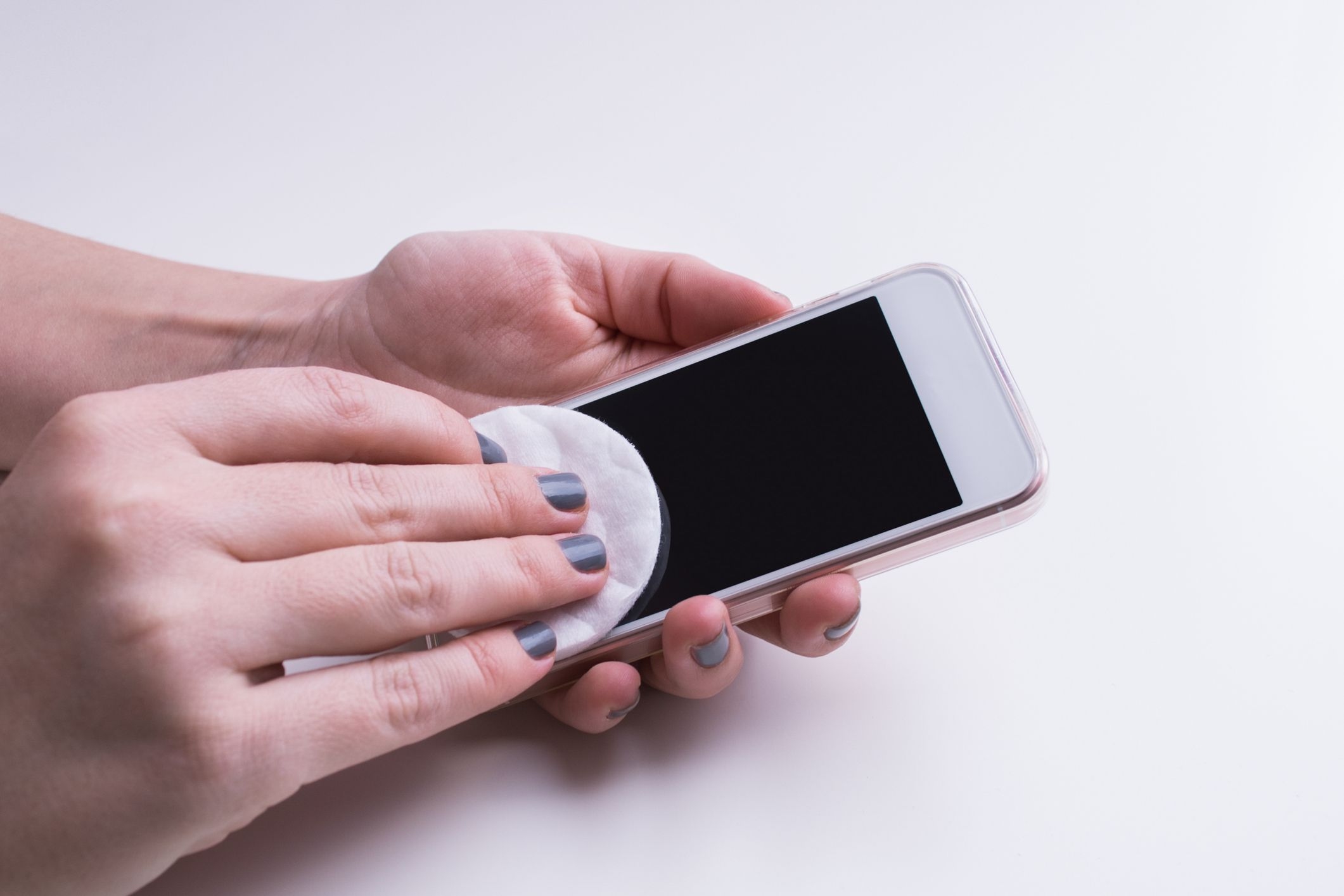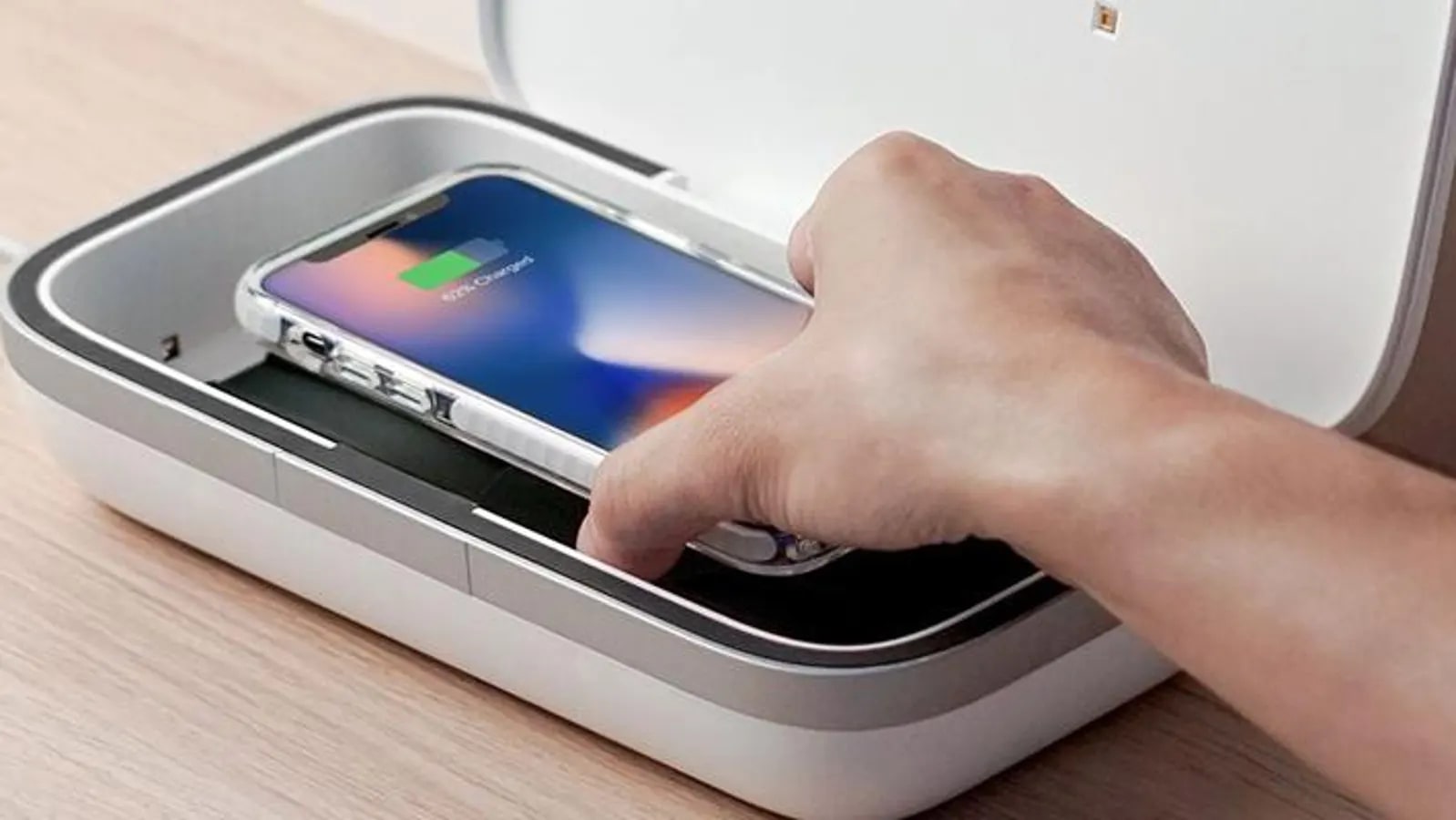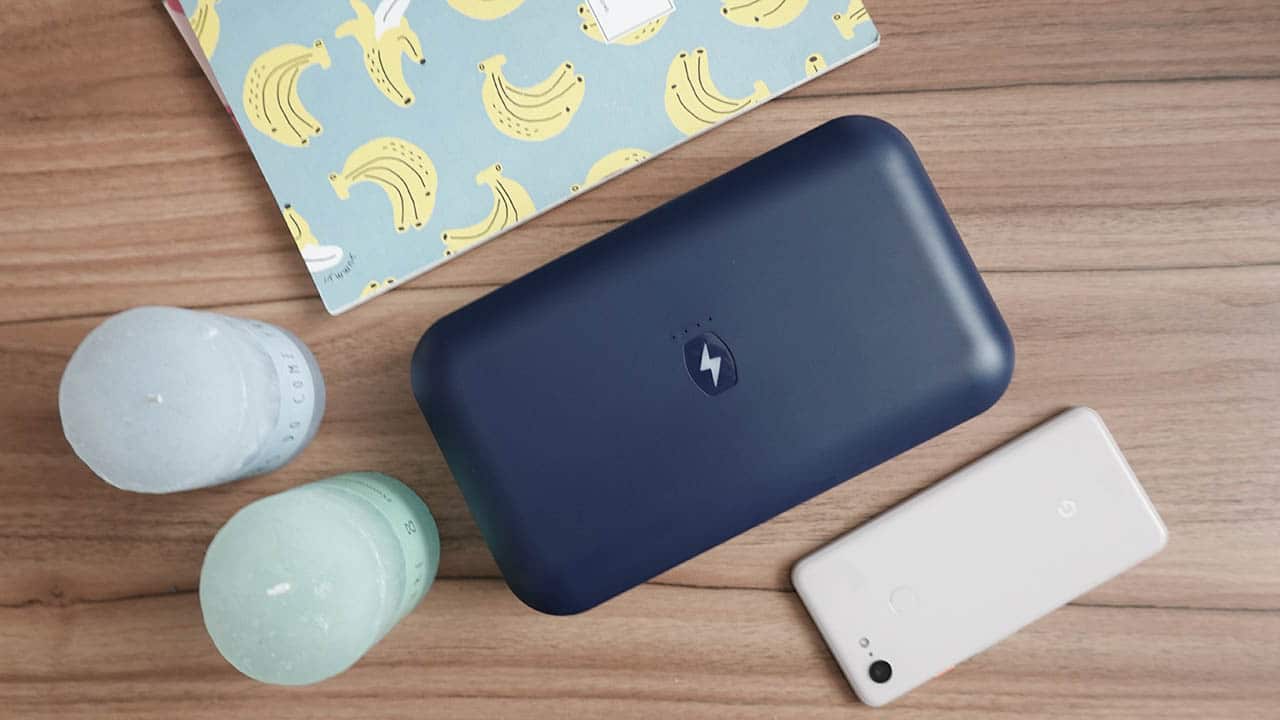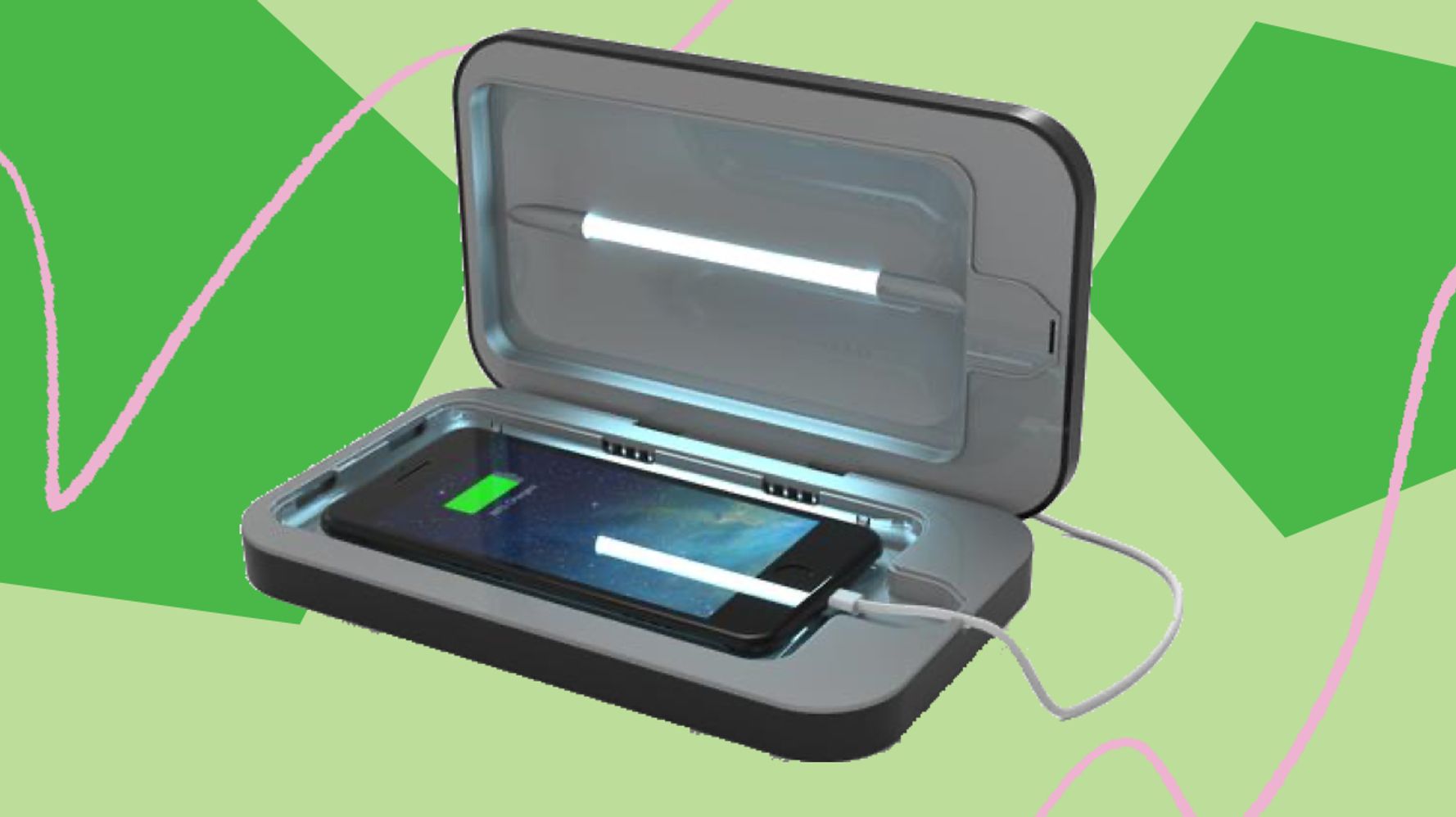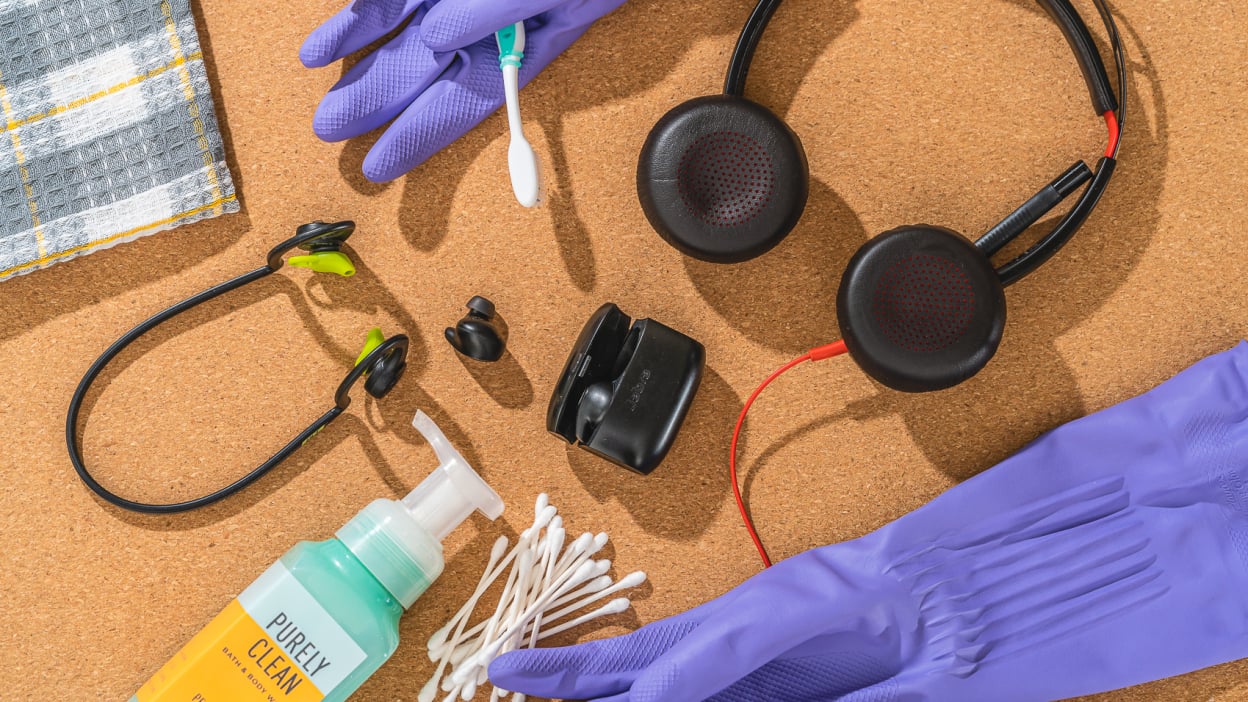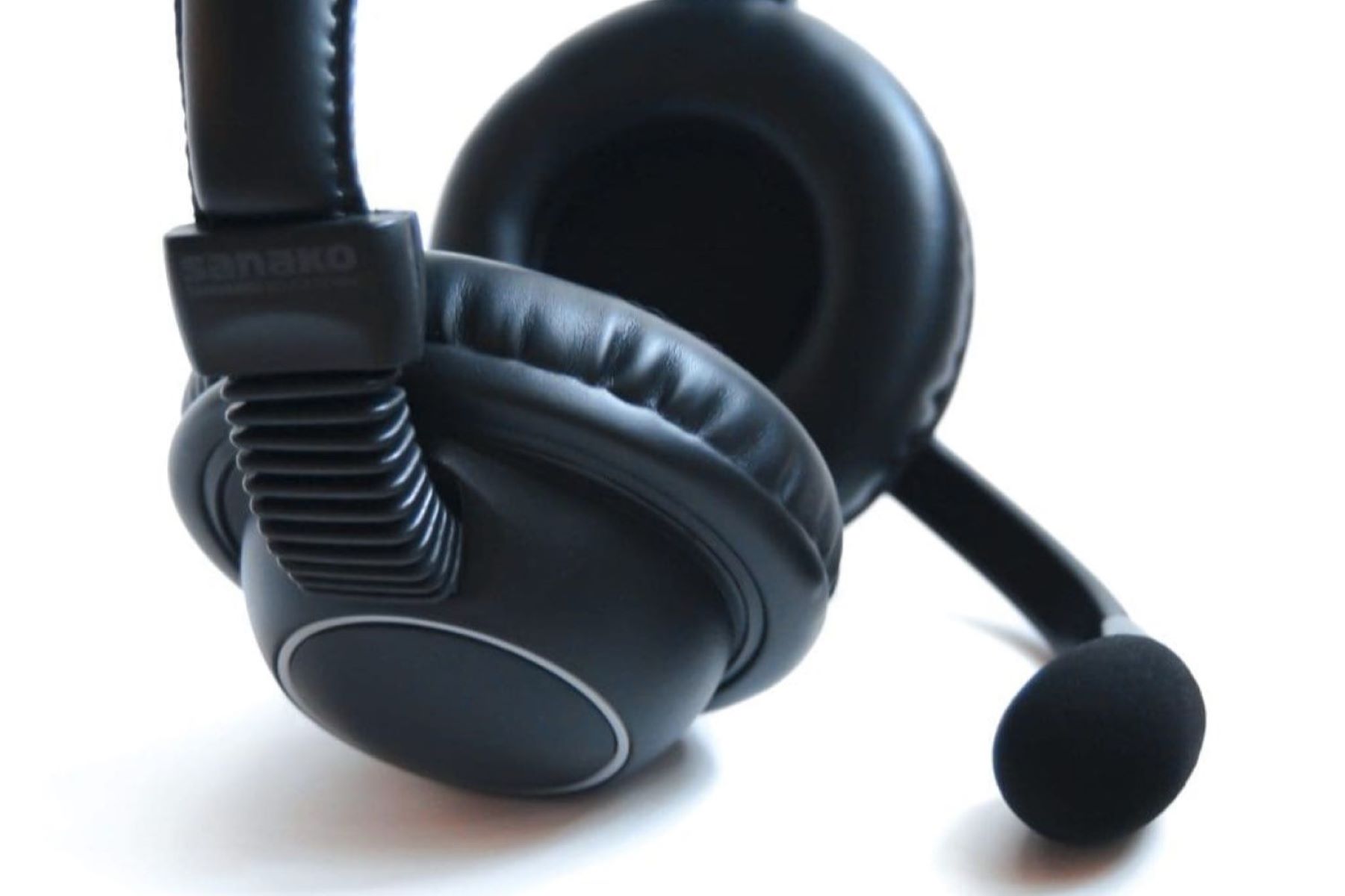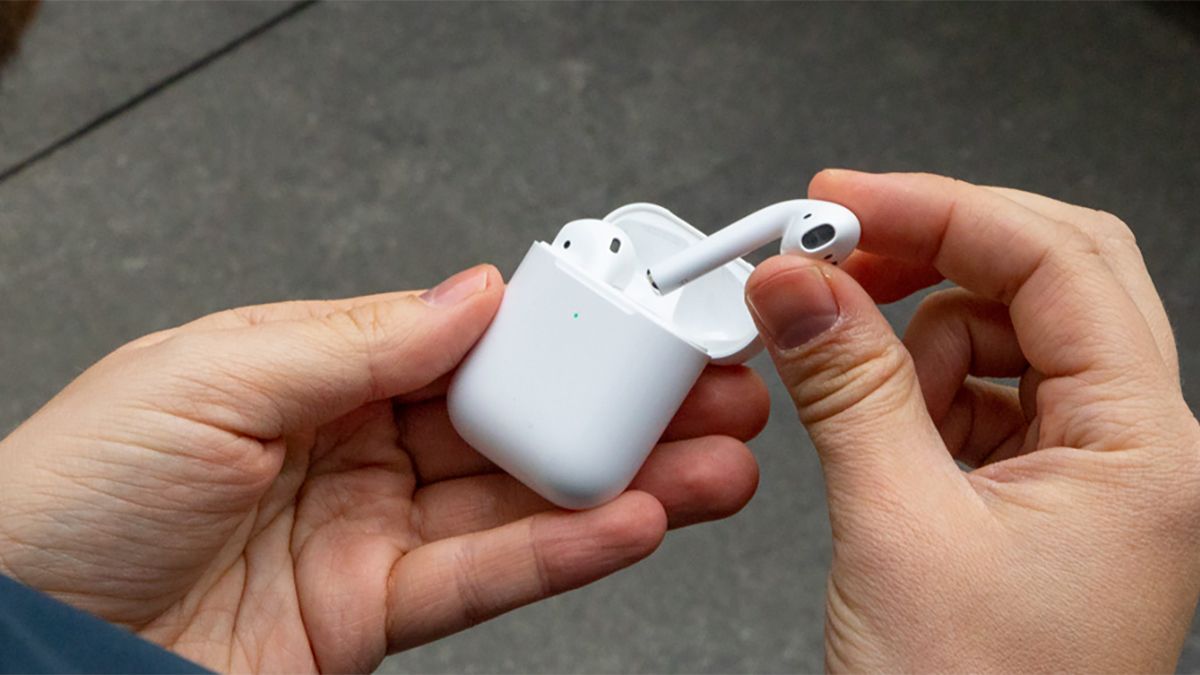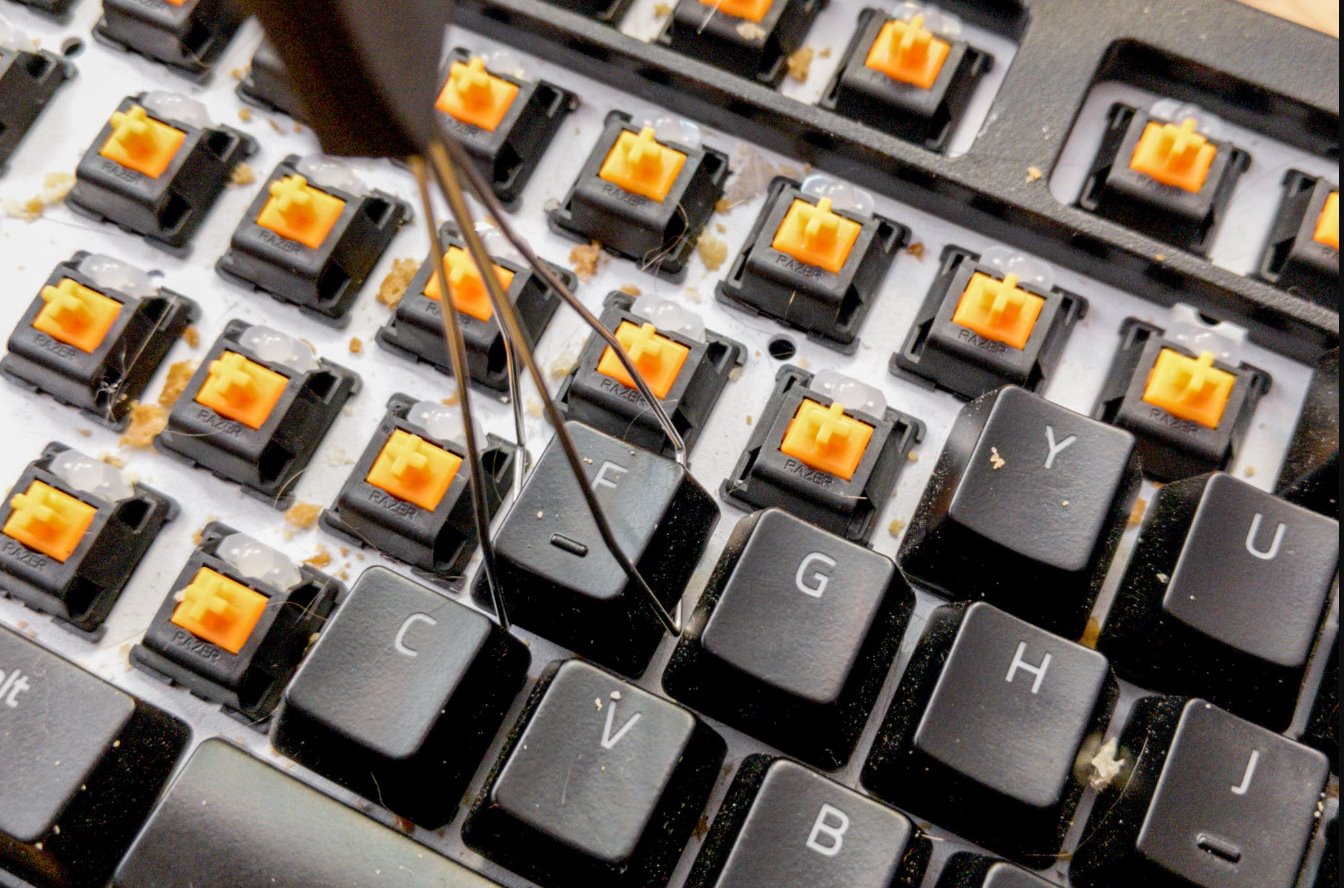Introduction
In today's fast-paced world, smartphones have become an indispensable part of our daily lives. From staying connected with loved ones to accessing vital information on the go, these devices play a pivotal role in our personal and professional spheres. With the advent of waterproof smartphones, individuals can now enjoy the added convenience of using their devices in various environments, including poolside gatherings, beach outings, and even during rainfall. While the waterproof feature offers a sense of security against accidental water exposure, it is crucial to recognize the significance of maintaining hygiene and cleanliness, especially in light of recent global health concerns.
In the wake of the COVID-19 pandemic and the heightened awareness of the importance of personal hygiene, it has become increasingly vital to ensure that our gadgets, including waterproof smartphones, are kept clean and disinfected. Our smartphones are exposed to numerous surfaces and environments throughout the day, potentially harboring various germs and bacteria. Therefore, regular disinfection of these devices is essential not only for our personal well-being but also for the well-being of those around us.
In this comprehensive guide, we will delve into the best practices for properly disinfecting waterproof smartphones. From understanding the importance of disinfection to choosing the right disinfectant and implementing proper techniques, we will explore the necessary steps to maintain a hygienic device. Additionally, we will provide valuable tips for preserving the integrity of waterproof smartphones while ensuring they remain free from harmful pathogens. By following these guidelines, you can safeguard your health and that of others while maximizing the longevity and functionality of your waterproof smartphone.
Understanding the Importance of Disinfecting Your Waterproof Smartphone
In today's digital age, our smartphones serve as extensions of ourselves, accompanying us through various activities and environments. Waterproof smartphones, in particular, provide the added advantage of being resistant to water exposure, enabling users to capture memories by the pool, communicate in the rain, or simply enjoy peace of mind in potentially wet conditions. While the waterproof feature offers a sense of security, it's essential to recognize the significance of maintaining hygiene, especially in light of global health concerns.
Our smartphones, including waterproof models, are constantly exposed to diverse surfaces, including our hands, pockets, and various public areas. As a result, they can harbor an array of germs and bacteria, potentially serving as carriers of harmful pathogens. With the recent emphasis on personal hygiene and disease prevention, the need to disinfect our gadgets, including waterproof smartphones, has become more critical than ever.
Disinfecting your waterproof smartphone is not only a matter of personal health but also a responsibility to those around you. By regularly disinfecting your device, you can minimize the risk of transferring germs and bacteria to others, contributing to a healthier and safer environment for everyone. Furthermore, in the context of the COVID-19 pandemic, where the importance of cleanliness and sanitization has been underscored, maintaining a hygienic smartphone is a proactive measure in safeguarding against potential health risks.
Moreover, the significance of disinfecting waterproof smartphones extends beyond health considerations. These devices are valuable investments, and proper maintenance is essential to ensure their longevity and optimal performance. By implementing regular disinfection practices, you can mitigate the accumulation of dirt, grime, and potentially corrosive substances, thereby preserving the functionality and aesthetic appeal of your waterproof smartphone.
In essence, understanding the importance of disinfecting your waterproof smartphone transcends individual well-being; it encompasses a broader commitment to public health and the preservation of your device's integrity. By acknowledging the impact of a clean and disinfected smartphone, you can actively contribute to a hygienic environment while safeguarding the durability and functionality of your cherished device.
Choosing the Right Disinfectant
When it comes to maintaining the hygiene of your waterproof smartphone, selecting the appropriate disinfectant is paramount. Not all cleaning agents are suitable for electronic devices, especially those with specialized features such as waterproofing. The ideal disinfectant should effectively eliminate germs and bacteria without compromising the integrity of the smartphone's components.
One of the most recommended disinfectants for waterproof smartphones is isopropyl alcohol, commonly known as rubbing alcohol. With its fast-drying properties and ability to effectively kill germs, isopropyl alcohol is a preferred choice for cleaning electronic devices. When using isopropyl alcohol, it is crucial to opt for a concentration of 70% or lower, as higher concentrations may pose a risk to the protective coatings on the smartphone's surface.
Another suitable option for disinfecting waterproof smartphones is pre-moistened disinfectant wipes specifically designed for electronic devices. These wipes are formulated to be gentle on device surfaces while effectively removing germs and bacteria. It is essential to choose wipes that are explicitly labeled as safe for use on electronics and to follow the manufacturer's instructions for proper application.
In addition to isopropyl alcohol and disinfectant wipes, specialized electronic device cleaners, available in spray or foam forms, can be utilized for disinfecting waterproof smartphones. These cleaners are designed to be non-abrasive and safe for use on electronic surfaces, making them an excellent choice for maintaining the hygiene of waterproof devices.
When selecting a disinfectant for your waterproof smartphone, it is crucial to avoid harsh chemicals such as bleach, ammonia, or abrasive cleaners, as these can damage the protective coatings and compromise the device's waterproof capabilities. Furthermore, it is advisable to refrain from using excessive moisture during the disinfection process, as prolonged exposure to moisture can potentially seep into the smartphone's internal components, leading to damage.
By choosing the right disinfectant for your waterproof smartphone, you can effectively eliminate germs and bacteria while safeguarding the device's structural integrity. Prioritizing the use of gentle yet potent cleaning agents ensures that your smartphone remains hygienic without compromising its waterproof features and overall functionality.
Proper Disinfection Techniques
Proper disinfection techniques are essential for effectively eliminating germs and bacteria from your waterproof smartphone while ensuring the device's structural integrity. When implementing disinfection procedures, it is crucial to adhere to recommended practices to avoid potential damage to the smartphone's components.
-
Power Off and Unplug: Before initiating the disinfection process, power off the waterproof smartphone and unplug any connected accessories. This precautionary measure prevents electrical mishaps and safeguards the device during the cleaning procedure.
-
Use a Soft, Lint-Free Cloth: Begin by gently wiping the exterior surfaces of the smartphone with a soft, lint-free cloth to remove any visible dirt or residue. This initial step helps prepare the device for the disinfection process and prevents abrasive particles from coming into contact with the smartphone during disinfection.
-
Apply the Disinfectant: If using isopropyl alcohol or electronic device cleaner, dampen a microfiber cloth or a cotton pad with the chosen disinfectant. Ensure that the cloth is not excessively saturated to prevent moisture from seeping into the device's openings. Carefully wipe the entire surface of the smartphone, including the screen, sides, and back, using gentle, circular motions. For disinfectant wipes, follow the manufacturer's instructions for proper application, ensuring thorough coverage of the device's surfaces.
-
Focus on High-Touch Areas: Pay particular attention to high-touch areas such as the screen, buttons, and camera lenses, as these areas are more prone to harboring germs and bacteria. Utilize precise yet gentle movements to effectively disinfect these critical areas without exerting excessive pressure on the smartphone's components.
-
Allow for Drying Time: After disinfecting the smartphone, allow it to air dry for a few minutes to ensure that any residual moisture from the disinfectant evaporates. This step is crucial in preventing the accumulation of moisture within the device, which could potentially compromise its internal components.
-
Reassess the Device: Once the smartphone has dried, carefully inspect it to ensure that no excess moisture remains on the surfaces. If any moisture is detected, gently wipe the affected areas with a dry, lint-free cloth to remove any residual dampness.
By following these proper disinfection techniques, you can effectively maintain the hygiene of your waterproof smartphone while preserving its functionality and structural integrity. These meticulous steps ensure that the device is thoroughly disinfected without subjecting it to potential damage, allowing you to enjoy a clean and hygienic smartphone experience.
Additional Tips for Maintaining a Hygienic Waterproof Smartphone
In addition to regular disinfection, several supplementary measures can further contribute to the maintenance of a hygienic waterproof smartphone.
-
Utilize a Protective Case: Investing in a high-quality, waterproof phone case provides an additional layer of defense against germs and bacteria. Opt for a case that is easy to clean and disinfect, and ensure it fits securely to prevent moisture or debris from accumulating between the case and the device.
-
Practice Good Hand Hygiene: Prior to handling your waterproof smartphone, it is essential to practice good hand hygiene by washing your hands with soap and water or using an alcohol-based hand sanitizer. By maintaining clean hands, you can minimize the transfer of germs and bacteria to your device.
-
Avoid Exposure to Contaminated Surfaces: Be mindful of the surfaces on which you place your waterproof smartphone. Avoid contact with potentially contaminated areas, such as public restrooms, and refrain from placing your device on unclean or damp surfaces to reduce the risk of germ accumulation.
-
Regularly Clean Accessories: If your waterproof smartphone is accompanied by accessories such as chargers or earphones, it is advisable to regularly clean and disinfect these items. Wipe down chargers and cables with a disinfectant to prevent the transfer of germs from these accessories to your smartphone.
-
Scheduled Deep Cleaning: Periodically, consider performing a more thorough cleaning of your waterproof smartphone, including the removal of accumulated dirt or debris from ports and crevices. This deep cleaning can be done using specialized tools designed for electronic device maintenance, ensuring the removal of any potential contaminants.
-
Mindful Storage Practices: When not in use, store your waterproof smartphone in a clean, dry environment to minimize exposure to external elements. Avoid storing the device in areas prone to moisture or extreme temperatures, as these conditions can facilitate the growth of bacteria and compromise the device's hygiene.
By incorporating these additional tips into your smartphone maintenance routine, you can elevate the level of hygiene and protection for your waterproof device. These proactive measures not only contribute to the cleanliness of your smartphone but also enhance its longevity and overall performance, ensuring a consistently hygienic and reliable user experience.







